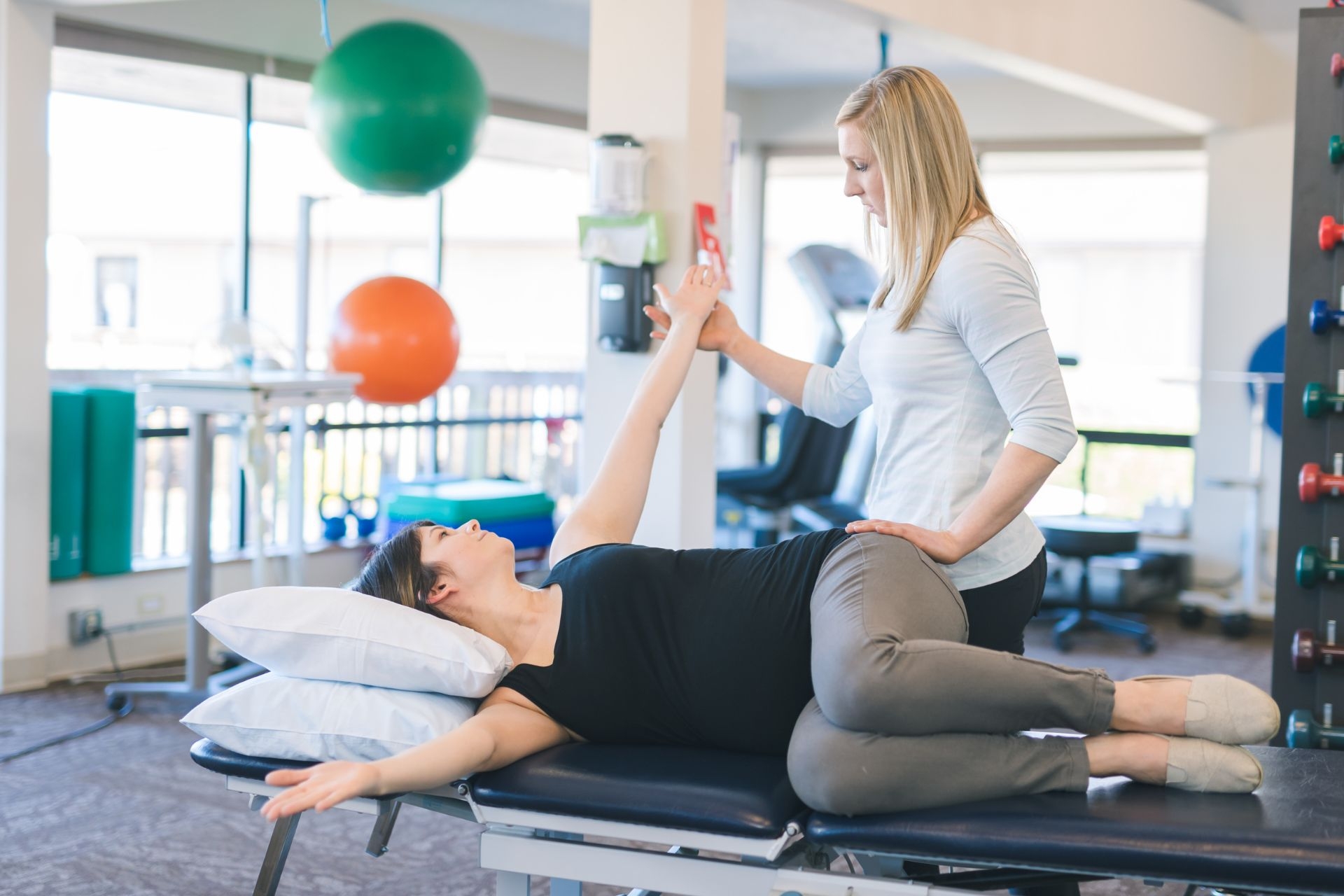Variable Resistance Training
How does variable resistance training differ from traditional weight training?
Variable resistance training differs from traditional weight training in that it involves using equipment that provides varying levels of resistance throughout the range of motion. This means that the resistance changes based on the strength curve of the exercise being performed, allowing for a more targeted and effective workout. In contrast, traditional weight training typically involves using a constant load, which may not fully challenge the muscles at all points in the movement.




